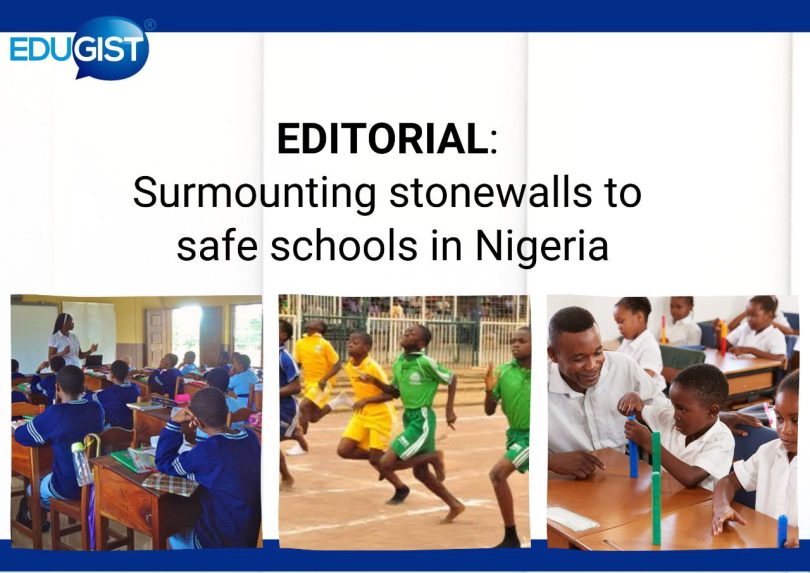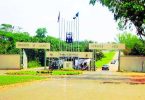Schools are seen as the suppliers of knowledge and skills required to recognise trends, think through problems, respond intelligibly to changing social situations and thrive in our fast-paced modern world.
How many schools live up to this expectation is beyond the scope of this editorial because our immediate concern is about the safety of the learners sent to these schools.
Parents and guardians are willing to spend life savings to send their children and wards to school with an expected return on investment. But recent events are shattering the certainty that the learner will return home safely after each school day.
The big numbers and broad view from Amnesty International, a global rights organisation, show that as of April 2022, more than 1,500 Nigerian schoolchildren and 17 teachers have been kidnapped by armed groups eight years after Boko Haram abducted 276 Chibok schoolgirls.
Some schools that have been hard hit include the Federal Government College in Birnin Yauri, in Kebbi state, Bethel Baptist High School, in Kaduna State, Greenfield University, also in Kaduna state and Salihu Tanko Islamiya School in Tegina, Niger state.
Additionally, the United Nations Children’s Fund (UNICEF) has reported that 11,536 schools in Nigeria have been shut down as a result of terrorist kidnappings. According to UNICEF, the shutdown of the schools cut short the academic year 2020–2021 for almost 1.30 million students in Nigeria.
It is probably easy to stoically sympathise with the victims of these attacks on schools and move on with life as if it were normal because one can attribute this to the insurgency in the Northeast of Nigeria, banditry in the Northwest and North central. This would be a misguided position.
This is because while we see the big numbers in these areas, we tend to ignore the small numbers in the so-called insurgency-free areas of the southern parts of Nigeria that equally point to how unsafe schools are becoming for learners.
The raging case of 12-year-old Whitney Adeniran of Chrisland Schools, Opebi, Lagos who died on February 9, 2023, at the Agege Stadium during an inter-house sports competition, is one case too many.
Whitney’s mother, Blessing Adeniran, in a video on Instagram stated that there was no ambulance nor qualified medical personnel at the inter-house sports competition venue, raising critical health, safety and environment (HSE) questions.
While Edugist has not been independently verified, we hold that it is time that school management took HSE seriously to ensure schools are safe for learners. It is also time for government regulators to hold schools to account and penalise offenders appropriately when basic requirements for safety go unmet.
On February 13, the Lagos state government swiftly announced it was temporarily shutting the school. But this is not the first time the government will temporarily shut a school on account of an event that violates students’ safety, only to reopen the same without resolving the problems in public view, in ways that are seen to be transparent and accountable.
Both at school and during extracurricular activities, students ought to feel safe. Risk management needs to be appropriate for the activities being carried out in order to keep people safe.
Teachers ought to be able to take their students on interesting field trips that broaden their perspectives. The playground ought to be open for unfettered play and for student participation in sports.
To make sure they fulfill their health and safety obligations, schools must appoint a qualified individual. A competent individual is someone who possesses the required training, expertise, and life experience to offer prudent advice on how to manage the health and safety hazards at the school.





